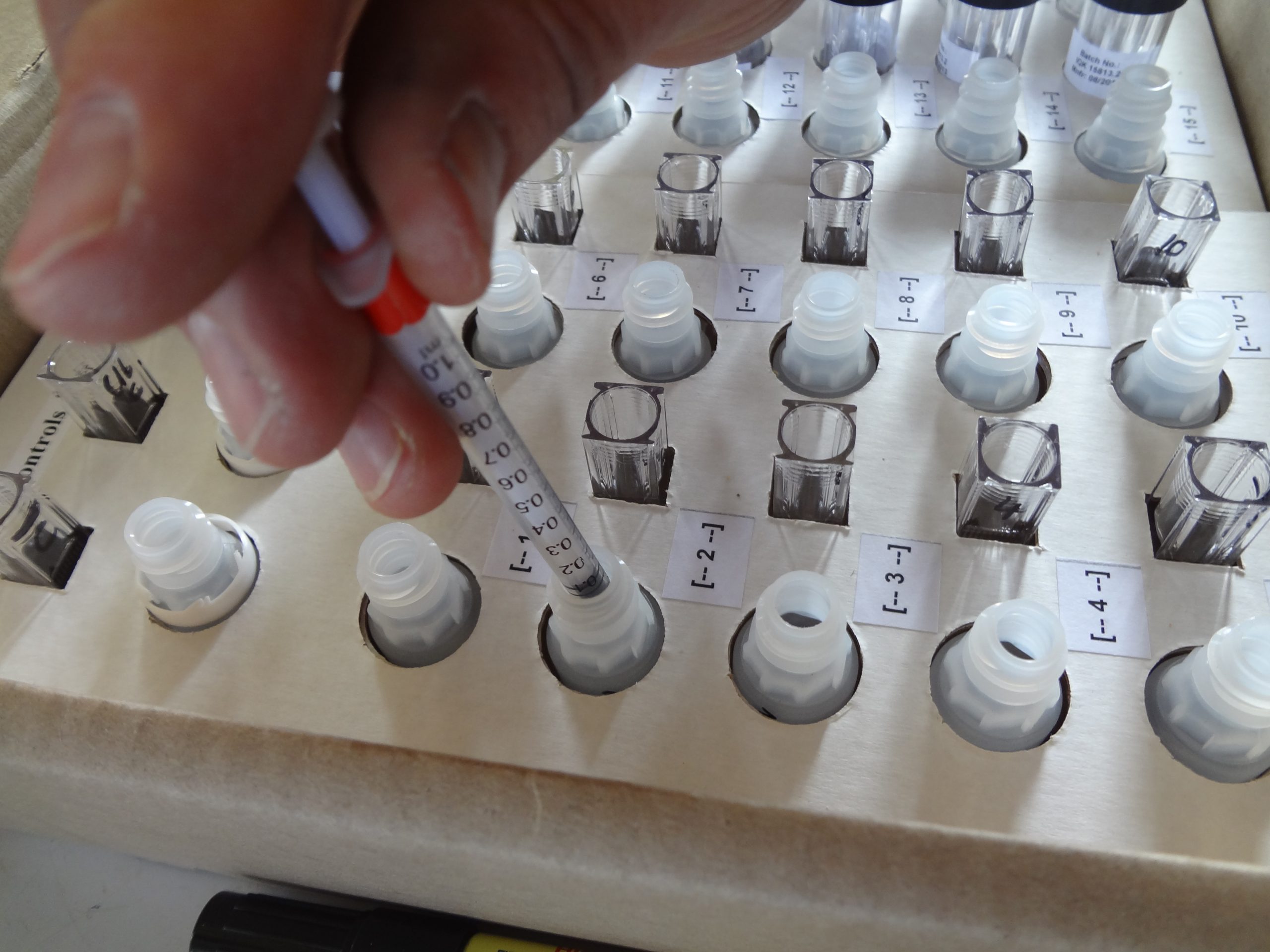Screening chemistry
Our approach begins with identifying and evaluating promising compounds, assessing their efficacy against both susceptible and resistant mosquito strains.

Screening chemistry overview
At IVCC we are committed to discovering and developing novel insecticides for vector control tools, including insecticide-treated nets (ITNs), indoor residual sprays (IRS), and emerging technologies like spatial emanators.
Developing a new vector control tool is a complex, time-intensive, and costly process. It takes 10–12 years to bring an insecticide from discovery to market and requires significant investment. Each product must meet stringent safety, efficacy, and cost criteria, outlined in the Target Product Profiles (TPPs) to ensure long-term impact.
Our approach begins with identifying and evaluating promising compounds, assessing their efficacy against both susceptible and resistant mosquito strains. Beyond efficacy, we consider safety, cost of goods (factoring in likely use rates), mode of action, physical-chemical properties, regulatory pathways, and suitability for integration into existing and new vector control tools.
Active ingredient screening (repurposed and novel)
Alongside industry partners, we screen commercial insecticides from agricultural and public health applications to identify repurposed compounds that could be rapidly developed for vector control. These compounds offer a faster route to market, as they often have established toxicological profiles, supply chains, and pricing structures.
Once lead candidates have been identified, they will become part of a wider portfolio of new and repurposed chemistry for use in vector control tools.
Effective Insecticide Resistance Management (IRM) is critical to ensuring that novel active ingredients remain viable in the long term. By strategically developing and deploying new insecticides, we help sustain the effectiveness of vector control tools and safeguard progress in the fight against vector-borne diseases.
For more information on IRM and IVM:
Integrated Vector Management (IVM) is a rational decision-making process to optimise the use of resources for vector control. The aim of the IVM approach is to contribute to the achievement of the global targets set for vector-borne disease control, by making vector control more efficient, cost effective, ecologically sound and sustainable.
Target Product Profiles (TPPs) summarise the minimum and the optimum requirements for new vector control products and novel Active Ingredients. It is important to identify key criteria early on in order to address issues during the early pre-development stage and to prevent failures during development.
More information on TPPs visit: